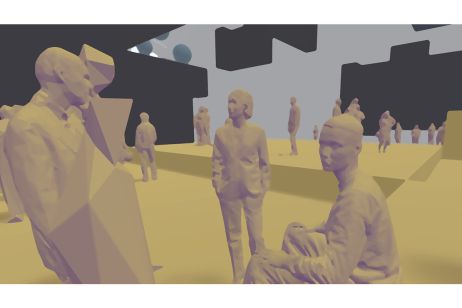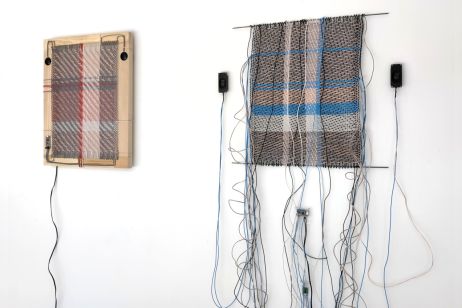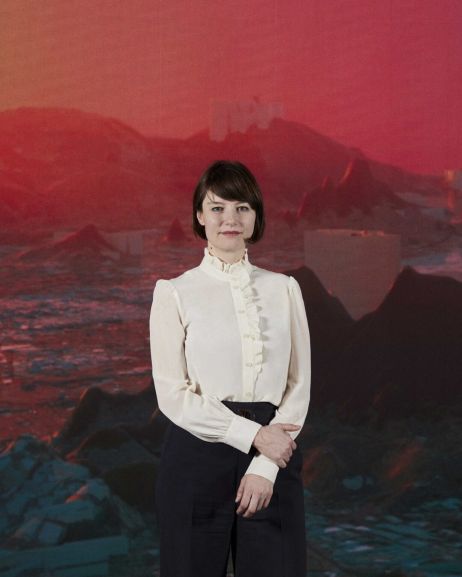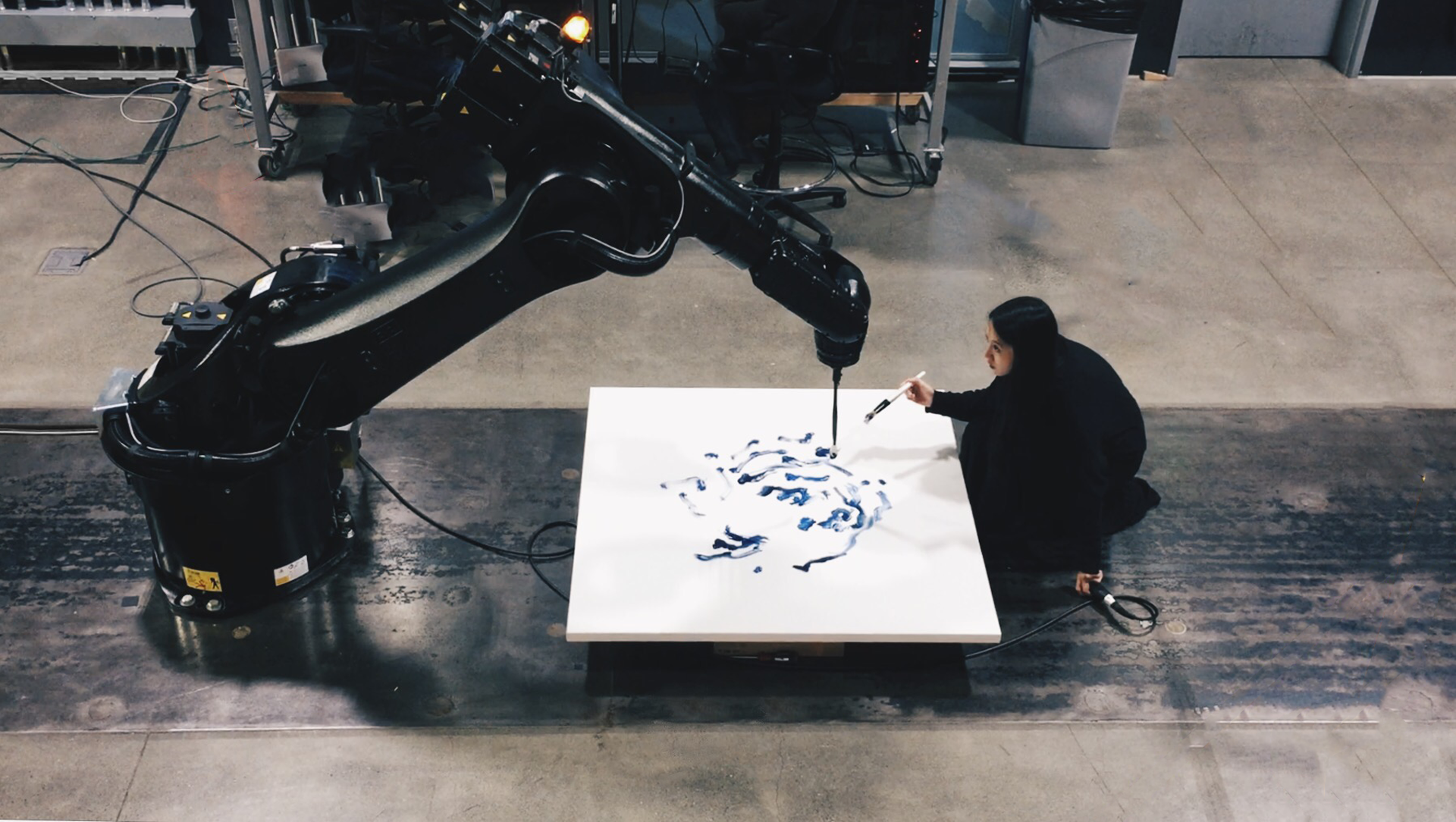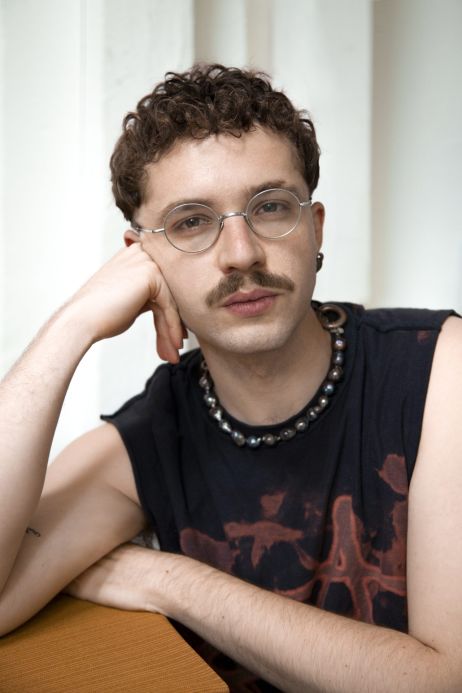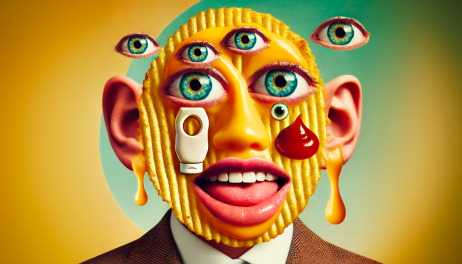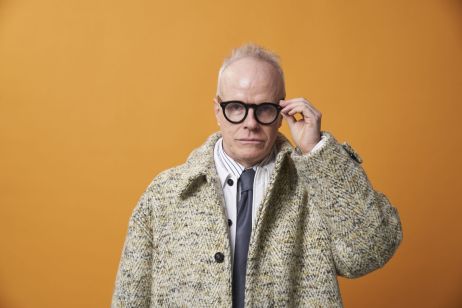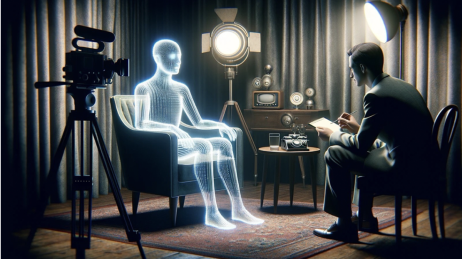Sougwen Chung, a Chinese-Canadian artist, recently had a solo show at Germany’s Muffathalle, after winning over audiences at MUTEK, Sónar and the Tribeca Festival. Her hybrid practice, based on the use of technology, never ceases to seduce.
Trained at the Fine Arts School in Bloomington, USA, before moving on to major institutions such as the MIT Media Lab, Sougwen Chung, 39, quickly developed a collaborative practice with robotic systems and artificial intelligence algorithms. As artists are not bound by scientific rigor, unlike physicists, this unique practice not only allows her to explore uncharted territory, but also opens up a broader reflection on the interaction between the artist, the technological tool and the human hand. All in all, a subtle way of questioning the place of intuition in an increasingly mechanized world.
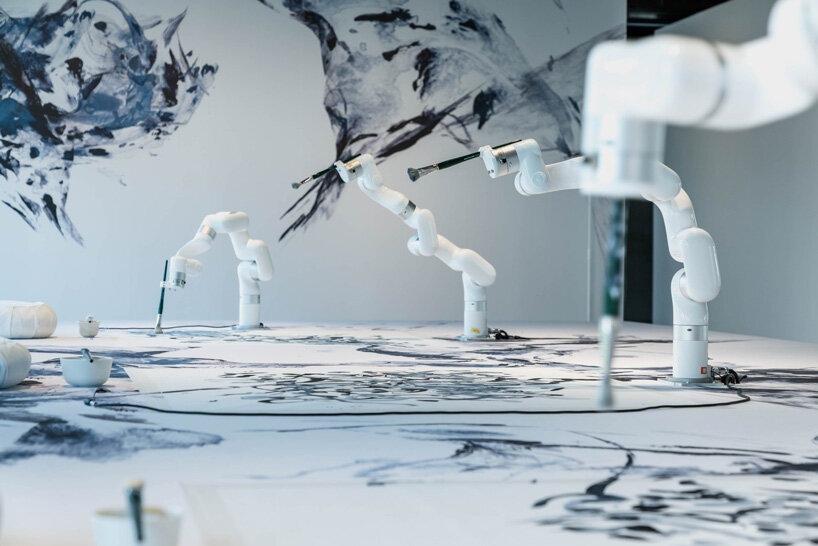
From peer to peer
Sougwen Chung first introduced the concept of co-creation with machines in her work in the mid-2000s. Like many artists of her generation, the artist who now lives in London, where she founded the SCILICET studio, sees technology not simply as a tool, but as a genuine creative collaborator. Her robots, called D.O.U.G (Drawing Operations Unit Generation), are not automated assistants: on the contrary, they are part of an iterative process in which artist and machine respond to each other in real time. With each movement of Chung’s brush, the robots draw, following learning models based on her own previous artistic gestures. This symbiosis between the organic and the mechanical is fascinating: it induces the idea of a form of collective memory between human and AI.
Nature and technology, largely opposites, come together in harmony in Sougwen Chung’s practice, born of a certain fascination for the links between biological and artificial systems. Often described as organic, the movements of her machines are reminiscent of the complex interactions observed in nature, such as those of bird swarms or neural information flows. Fascinatingly, this bioinformatic inspiration reinforces the impression that her art is alive, evolving at every moment according to its interactions with algorithms. As for Sougwen Chung’s works, they embody a philosophy in which man-machine collaboration is not a threat, but an opportunity to discover new forms of expression.
A refreshing utopian vision
A genuine reflection on the relationship between art, technology and the future of human creativity begins. When Sougwen Chung talks about her work, the artist evokes a future where machines do not replace artists, but accompany them in a new exploration of creative possibilities, hand in hand. “The machine learns from us, just as we learn from it”, she sums up in the columns of Maddyness. In this sense, she offers an optimistic, collaborative vision of AI, far removed from the dystopian fears often conveyed, and dares to play on a question that obsesses the times: how far will this co-creation go? Perhaps it is precisely this question, and not the answer, that makes her art an essential testimony to our times.
